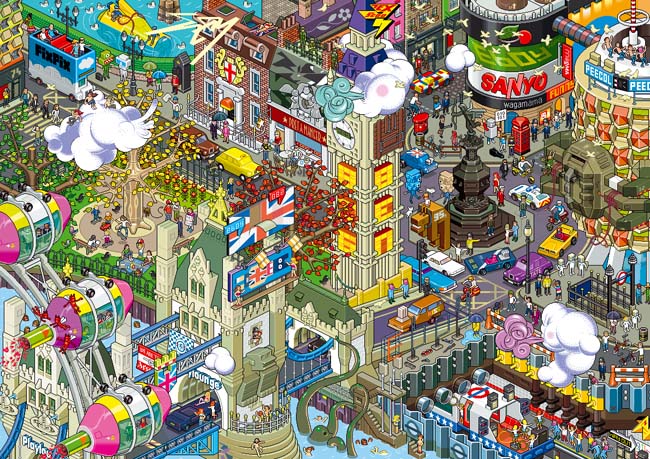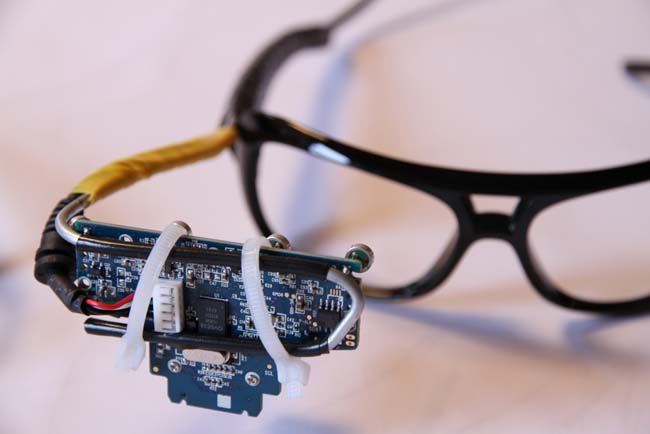This summer, London’s Barbican Centre will unveil what it hopes to be the most exhaustive display of digital creativity that the UK has ever seen.




A lot has changed since the 1970s, largely thanks to the advent of the computer and the consequent digitisation of almost every facet of our daily lives. Next month, London’s Barbican Centre with play host to Digital Revolution, an ambitious exhibition that seeks to chart the impact of this paradigm shift up to 2014 and beyond. Ranging across multiple disciplines, from fine art and architecture to film and game design, the display promises to be “the most comprehensive presentation of digital creativity ever staged in the UK.”
While the exhibition and accompanying festival of events will have some historical perspective, the focus is really on looking to the present and to the future; if you have an interest in creative coding, augmented reality, artificial intelligence or robotics, you should be well served. There are a whole raft of commissions created specifically for the show too, with artists such as Umbrellium, Universal Everything, Seeper and Yuri Suzuki all contributing new work. An exhibition of this nature couldn't be programmed without some nod to the omnipresent Google; here the digital powerhouse is presenting its own DevArt series, showcasing coding as an art form with pieces by Rafael Lozano-Hemmer, Chris Milk, Aaron Koblin, Amon Tobin and game developer Harmonix Music Systems.
The Digital Archaeology portion of the exhibition will provide the precedent and historical context for the contemporary works above. Software projects from throughout the digital decades will be displayed on their original hardware, with highlights including classic videogames such as Pong, Tim Berners-Lee's first website, a Linn LM-1 drum machine (used in the production of The Human League’s Don’t You Want Me) and a Sinclair ZX80 (one of the first mass market home computers). Other sections will focus on creative communities, music technologies, film production, digital play and future inventions.

